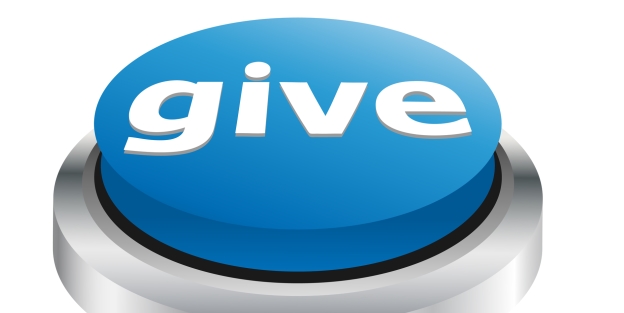One of the most rewarding aspects of our work is helping our clients meet their philanthropic objectives. In most cases, they don’t realize how many different ways they can make charitable contributions, without writing a cheque. In fact, there are many ways to donate financial assets in a way that generates effective tax savings, such as donating a life insurance policy, if you go about it the right way.
Why would I donate a life insurance policy?
The prospect of donating your life insurance policy might seem unlikely today. However, there are various reasons you might take out a life insurance policy when you are younger. Those reasons can change over time, making the policy something you have but no longer need for your estate plan. If that happens to you, why not use it to achieve your philanthropic objectives?
What tax benefits can I take advantage of?
One way to do this is to simply name the organization of your choosing as the beneficiary of the policy. When you die, the organization receives the proceeds from the policy. While this method doesn’t generate any tax savings for you while you’re still alive, it would provide your estate with the tax savings associated with a large donation receipt.
Another option is to transfer a policy to a charity while you are alive. To understand the generated tax savings, you need to understand the difference between the policy’s fair market value (FMV) and its cash surrender value (CSV).
The CSV is the amount you will get if you simply wind up the policy yourself. If you do this, a significant portion of that payment would likely be taxable to you. A common misconception is the policy’s CSV is the same as its FMV. That is often untrue — the FMV is a calculation of the policy’s value, which is based on multiple factors, including:
- the CSV;
- the face value of the policy;
- the state of health and life expectancy of the insured; and
- the replacement value of the policy.
If you donate a fully paid-up whole-life or universal policy, you are entitled to a donation receipt equal to the policy’s FMV.
This is most beneficial for policies that are fairly mature because the FMV could be significantly more than the CSV. This means that the taxable income you report is relatively low, whereas the donation receipt is high, which results in significantly enhanced tax savings.
While you have to report a capital gain, the good news is that only 50 per cent is taxable. The great news is that the capital gain for tax purposes is the difference between the CSV and the adjusted cost base (ACB), as opposed to the difference between the FMV and the ACB.
You can even donate a policy that is not yet fully funded, and still receive enhanced tax benefits. To do this, you would donate the policy with the understanding that you will continue to fund the annual premiums until the policy is fully paid-up. In this scenario, you would receive a charitable receipt annually for the premiums that you fund in addition to a receipt on the initial transfer.
For full information on all the benefits of donating a life insurance policy, and to see if this option suits your situation, we recommend that you seek advice from your financial advisers before making any decisions.







